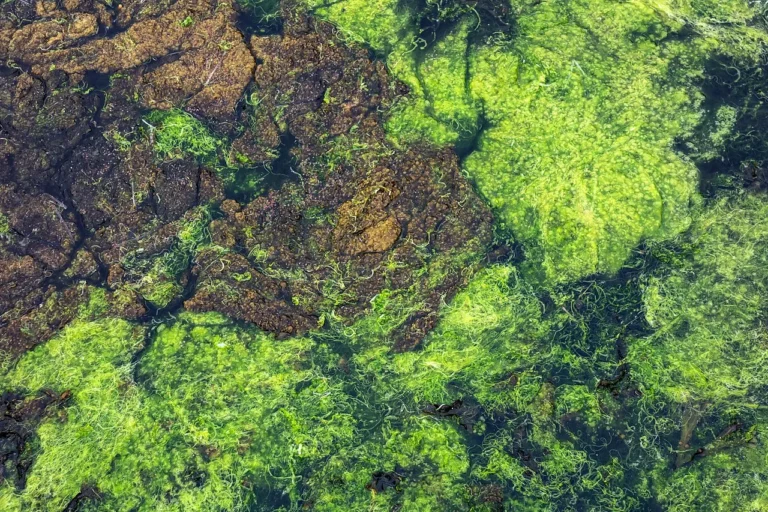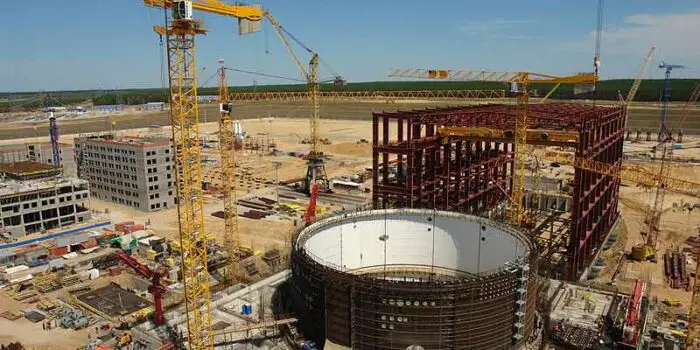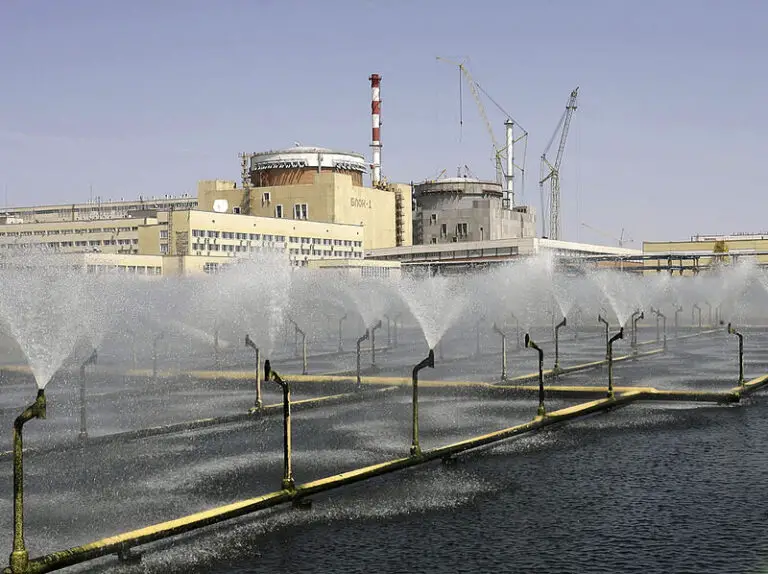Environmental Pollution Definition and Comparison Explained
Environmental pollution is the introduction of significant amounts of contaminants into soil, water or air. This article discusses environmental pollution definition and comparison, as outlined below;
-Environmental Pollution Definition: 4 Ways to Define Environmental Pollution
-Environmental Pollution Vs Environmental Contamination: A Comparison
Environmental Pollution Definition: 4 Ways to Define Environmental Pollution
Environmental pollution is simply a form of environmental degradation whereby soil, water and air quality are reduced by the introduction of certain unhealthy materials into the environment [3].
The above definition highlights the types of environmental pollution. Below is an alternative environmental pollution definition that mentions some of its causes;
Environmental pollution is the introduction of harmful or unwanted materials into the environment, as a result of urbanization, mining, transportation, unsustainable agriculture, commerce, population growth, and industrialization [1].

Some effects of environmental pollution are mentioned in the environmental pollution definition below;
Environmental pollution is severe contamination of the environment by unwanted or hazardous materials, leading to degradation, resource depletion, economic recession, deforestation, energy waste, and health problems.
Lastly, the environmental pollution definition below highlights some ways to prevent and control such problems;
Environmental pollution is any event involving a significant decrease in environmental quality, and which may be prevented through sustainable development in the form of circular economic practices like recycling; as well as controlled or reversed through environmental remediation, energy transition to renewables, and other measures aimed at protecting the ecosystem.
Environmental Pollution Vs Environmental Contamination: A Comparison
The main difference between pollution and contamination is in terms of severity.
Pollution involves the introduction of foreign materials into a medium in such a manner that leads to adverse ecologic effects; while contamination is simply the introduction of foreign or unwanted materials into a medium [2].
The occurrence of pollution always has significant implications for the ecosystem, while this is not the case for contamination. It is not uncommon for contamination to remain confined to a given medium, without extending its effects to the other parts of the ecosystem.
Contamination may occur spontaneously in nature, whereas most cases of pollution, like oil spill, are induced by human activity.
Lastly, contamination hardly has any significant consequences, whereas pollution can lead to disease spread and economic recession, among others.
The table below summarizes the comparison and difference between environmental pollution and contamination;
|
Comparison Criteria |
Environmental Pollution |
Environmental Contamination |
|
Relative severity |
High |
Low |
|
Pathogenic involvement |
Likely |
Unlikely |
|
Remediation |
Physical, Chemical, Biological |
Physical, Chemical, Biological |
Conclusion
Environmental pollution is any event involving ecologic disruption, pathogen spread, and degradation of air, water or soil by unwanted or harmful materials.
The difference between pollution and contamination is in their relative severity; where pollution is generally more severe than contamination.
References
1). Aroh, K. (2018). “Globalization, Industralization and Population Growth the Fundamental Drivers of Pollution in a Given Society (India).” Electronic Journal. Available at: https://doi.org/10.2139/ssrn.3453740. (Accessed 27 October 2022).
2). Chapman, P. M. (2007). “Determining When Contamination is Pollution—Weight of Evidence Determinations for Sediments and Effluents.” Environment International 33(4):492-501. Available at: https://doi.org/10.1016/j.envint.2006.09.001. (Accessed 25 October 2022).
3). Saremi, P. (2020). “Environmental Pollution and ways to Reduce Contamination with use of Environmental Engineering Techniques in Metropolises of Developing Countries.” International Journal of Environment, Agriculture and Biotechnology, 5(3). Available at: http://journal-repository.com/index.php/ijeab/article/view/2030. (Accessed 27 October 2022).




